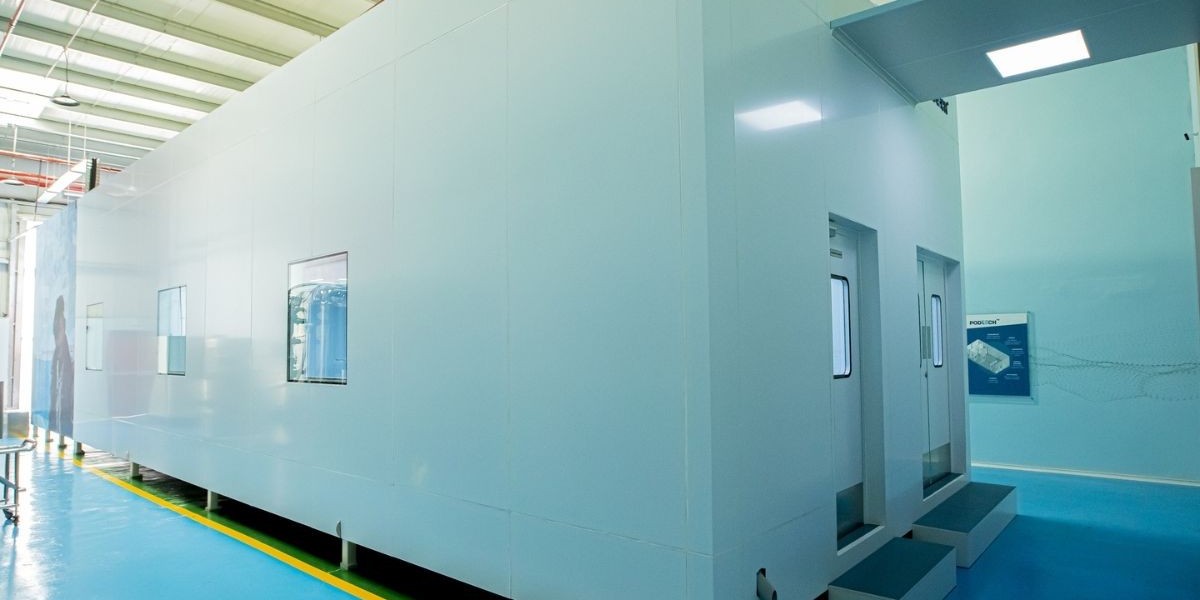Maintaining a controlled environment is critical for industries such as pharmaceuticals, biotechnology, electronics, and healthcare. To achieve optimal standards, companies often prioritise clean room maintenance in Singapore to meet strict regulatory requirements and ensure product quality. A well-maintained cleanroom reduces contamination, supports operational efficiency, and extends the lifespan of equipment. Businesses in Singapore rely on structured maintenance practices to keep cleanrooms compliant and efficient.
Importance of Clean Room Maintenance
Cleanrooms are designed to limit dust, microbes, and airborne particles. Even minor lapses in maintenance can affect product quality and compromise safety. Regular clean room maintenance in Singapore helps prevent contamination risks while ensuring compliance with international standards such as ISO 14644. For industries like pharmaceuticals and semiconductor manufacturing, this maintenance is not optional but essential for operations.
Key benefits include:
- Improved product quality and reliability
- Compliance with regulatory standards
- Longer equipment life span
- Reduced operational downtime
Daily Cleaning and Monitoring
Daily cleaning is the first step in maintaining a property effectively. Floors, walls, and work surfaces should be wiped with approved cleaning solutions. High-touch areas such as doors, switches, and equipment panels require extra attention. Monitoring air quality and humidity is equally important since cleanrooms rely on controlled airflow to maintain their environment.
Trained staff should log cleaning activities to ensure accountability. In Singapore, many facilities use automated systems to monitor airflow, pressure differentials, and particle counts. This ensures that any deviation is quickly identified and addressed.
Equipment and Filter Maintenance
Cleanrooms use HEPA or ULPA filters to trap airborne particles. Regular inspection and timely replacement of these filters are essential. Clogged or damaged filters reduce efficiency and compromise cleanliness.
Other equipment, such as laminar flow benches and biosafety cabinets, also requires periodic testing and calibration. By including these checks in the clean room maintenance routine in Singapore, companies safeguard against unplanned breakdowns.
Staff Training and Compliance
Even with advanced technology, human error is a major risk factor in cleanrooms. Proper training in gowning, movement, and handling of materials is a key part of maintenance. Singaporean facilities often conduct regular training sessions to refresh staff knowledge and reinforce best practices.
Documentation of procedures ensures compliance during audits and inspections. Employees must understand the importance of adherence to protocols to maintain the cleanroom’s integrity.
Scheduled Deep Cleaning
In addition to daily cleaning, facilities should schedule deep cleaning at regular intervals to maintain optimal cleanliness. This involves:
- Cleaning ceilings, air vents, and lighting fixtures
- Polishing and sanitising equipment exteriors
- Using specialised cleaning agents for difficult areas
Deep cleaning reduces the build-up of contaminants that are not visible during routine cleaning. This step is critical for industries that deal with sensitive materials.
Preventive Maintenance Programs
Preventive maintenance helps reduce the risk of sudden failures. By creating a schedule that includes calibration, filter replacement, and equipment servicing, companies in Singapore can avoid costly downtime. Preventive maintenance also ensures compliance with audits by regulatory bodies.
Many businesses integrate preventive programs with digital monitoring tools for better efficiency. This combination of technology and planning helps facilities maintain optimal conditions at all times.
Partnering with Experts
For many companies, outsourcing cleanroom services to specialists is the most efficient option. Professional service providers in Singapore offer tailored solutions for different industries, including pharmaceuticals, electronics, and healthcare. These providers bring expertise, trained staff, and advanced equipment, ensuring cleanrooms remain compliant with global standards.
Conclusion
Maintaining a cleanroom requires consistent effort, training, and monitoring. From daily cleaning routines to scheduled deep cleaning and preventive maintenance, every step plays a role in reducing contamination risks. For industries that depend on precision and compliance, structured clean room maintenance in Singapore ensures operational success. Companies can also benefit from working with trusted partners like Pod Tech Company, a reliable name in cleanroom solutions and support for businesses in Singapore.






